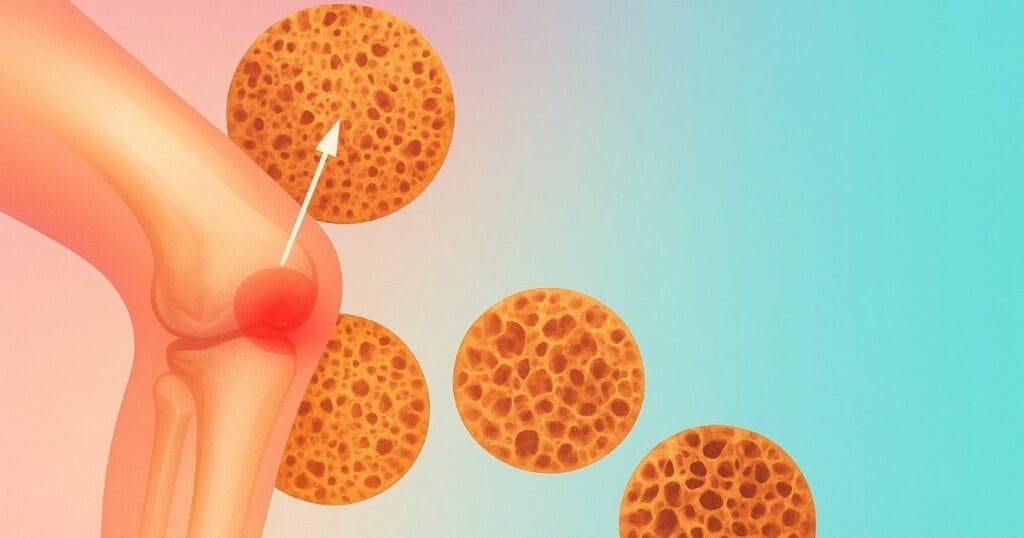
Strong, healthy bones are fundamental to living an active and independent life at any age. Our bones reach peak density in our mid-to-late 20s, making it crucial to build strong bones early and maintain them throughout life. While genetics play a role, research shows that lifestyle choices significantly impact bone health. This comprehensive guide presents 20 evidence-based strategies to improve and maintain optimal bone mineral density (BMD). In addition, it presents the scientific mechanisms of each strategy in brief.
1. Prioritise Calcium-Rich Foods
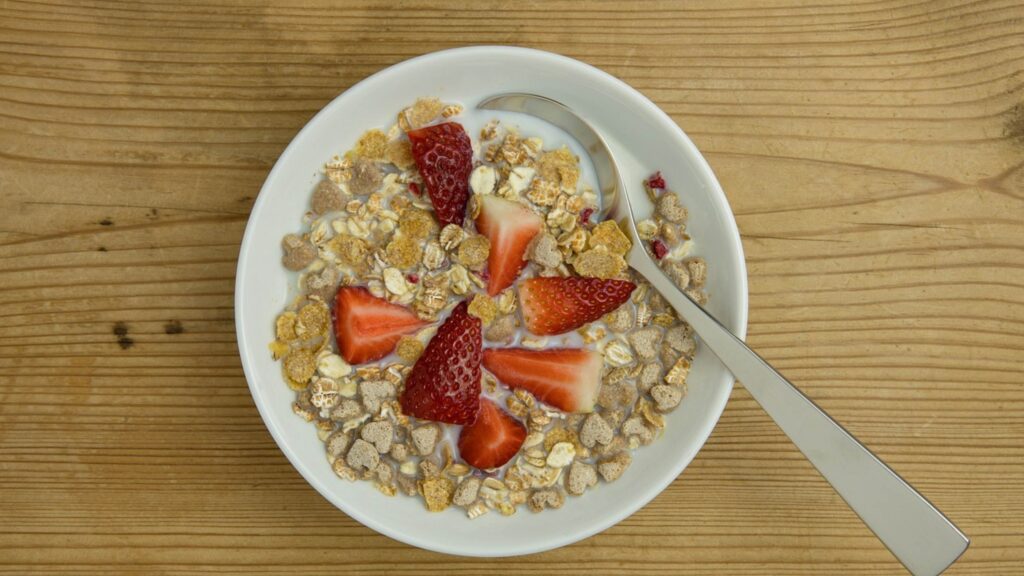
Calcium serves as the primary building block of bone tissue. Research showed that increasing calcium intake from dietary sources can improve bone mineral density (BMD) by 0.6-1.8% at key skeletal sites, including the hip, spine, and total body. Excellent calcium sources include dairy products, leafy green vegetables, sardines with bones, calcium-fortified plant milks, and almonds.
The National Institutes of Health recommends 1.2 g of calcium daily for women over 50 and men over 70. This is required since bone mineral density decreases with ageing.
BMD depends largely on the minerals calcium and phosphate, which combine to form hydroxyapatite, the hard crystal that makes bones strong. Osteoblasts, the bone-building cells, release tiny vesicles where mineral crystals start forming. This process is carefully controlled by balancing phosphate with an inhibitor called pyrophosphate. An enzyme called Alkaline Phosphatase helps by breaking down pyrophosphate into phosphate, allowing minerals to deposit in the bone matrix efficiently.
2. Ensure Adequate Vitamin D Intake

Vitamin D is essential for calcium absorption and bone mineralisation. Studies show that vitamin D supplementation, particularly when combined with calcium, significantly improves BMD and reduces fracture risk. Multiple trials indicate that doses of 800 International Units (IU) or more daily, combined with sufficient calcium intake, provide optimal skeletal benefits. Natural sources include fatty fish (such as salmon, mackerel, and sardines), egg yolks, and fortified foods like cereals and milk. However, sunlight exposure remains the most effective way to naturally obtain vitamin D.
Vitamin D’s active form, calcitriol, acts like a hormone to increase calcium and phosphate absorption from food in the gut. It does this by turning on genes that produce calcium transport proteins important for moving calcium through intestinal cells into the bloodstream. This ensures that enough minerals are available in the blood to build and maintain strong bones.
3. Consume Adequate Protein
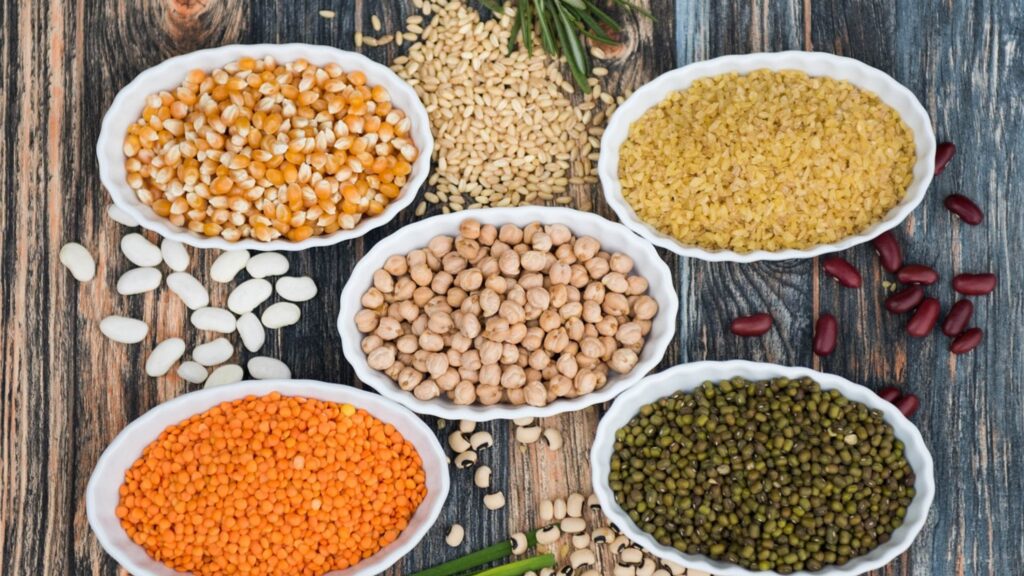
Protein is crucial for bone structure and function. Research shows a positive association between dietary protein intake and BMD. A large study found that lower protein intake was significantly related to greater bone loss at the spine and hip in older people. Each additional gram of protein consumed was associated with a 0.3 mg/cm² increase in BMD.
The beneficial effects appear most pronounced when calcium intake is adequate (above 750 mg/day). Good protein sources include lean meats, fish, poultry, legumes, dairy products, eggs, and plant-based proteins like tofu and quinoa.
Protein is essential for bone health because it provides collagen, a fibrous scaffold that forms the framework of the bone. Special non-collagen proteins regulate how minerals are arranged on collagen fibres, affecting bone strength and resistance to fractures. Eating enough protein supports both the bone’s structure and its quality.
4. Include Magnesium-Rich Foods

Magnesium plays a vital role in converting vitamin D to its active form and is essential for bone health. Foods rich in magnesium include nuts (almonds, cashews), seeds (pumpkin, chia), whole grains, leafy greens, legumes, and dark chocolate.
Magnesium supports early bone cell development, but too much can interfere with mineral crystal formation. Proper magnesium levels are necessary to keep bone minerals balanced and ensure good bone quality.
5. Eat Vitamin K-Rich Foods

Vitamin K is essential for bone metabolism and works synergistically with vitamin D. Research demonstrates that combined supplementation of vitamins D and K is more effective than either alone for increasing BMD in postmenopausal women. The best sources include leafy greens (kale, spinach, collards), broccoli, Brussels sprouts, and fermented foods like natto.
This strategy is crucial to improve and maintain BMD since Vitamin K activates certain bone proteins by adding chemical groups that allow these proteins to bind calcium effectively. This process is important for proper bone mineralisation and maturation, helping bones become strong and resilient.
6. Incorporate Omega-3 Fatty Acids

While evidence is still emerging, research suggests omega-3 fatty acids may benefit skeletal health, particularly when combined with adequate calcium intake. Sources include fatty fish (salmon, sardines, mackerel), flaxseeds, chia seeds, walnuts, and fish oil supplements.
7. Engage in Regular Weight-Bearing Exercise

Weight-bearing exercise is one of the most effective strategies for building and maintaining bone density. A comprehensive review found that physical exercise significantly stimulates bone formation in osteoporotic patients. Research shows that regular weight-bearing exercise of one hour or more per week is associated with significant increases in BMD.
A recent study found that combining aerobic exercise with resistance training had the best effect on BMD in postmenopausal women. Studies suggest that approximately 10-100 jumps performed 3-7 times weekly at moderate to high intensity can help preserve or enhance hip and spine BMD.
Effective weight-bearing exercises include walking, jogging, dancing, stair climbing, and tennis.
8. Practice Regular Resistance Training
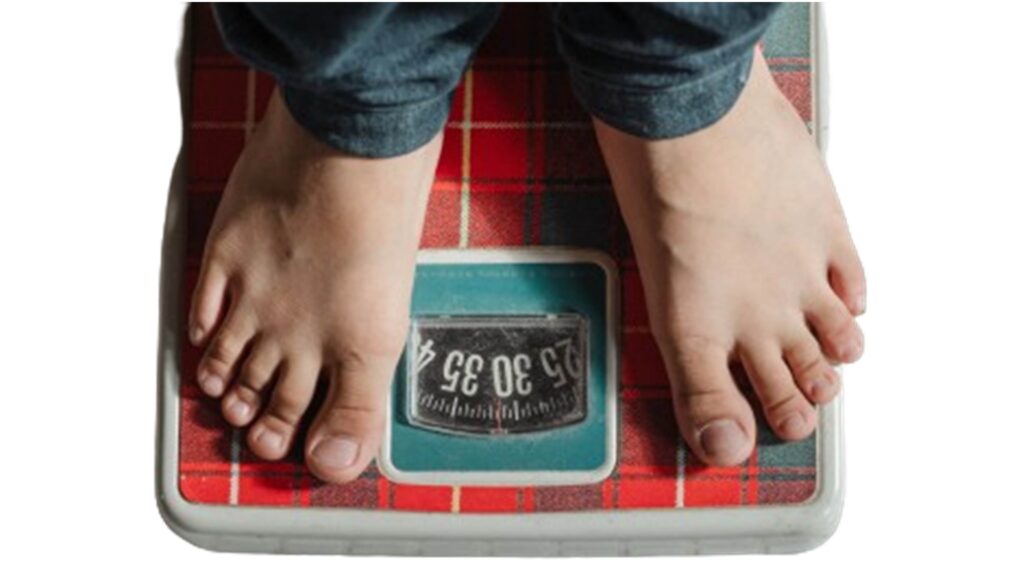
Resistance training is highly effective for improving bone health. Research indicates that moderate to high-intensity training (70-85% of maximum strength) performed at least twice weekly, following the progressive overload principle, yields the best results. Studies show that both exercise frequency and training volume predict positive changes in BMD, with impact loads being particularly crucial.
Activities include lifting weights, using resistance bands, bodyweight exercises (push-ups, squats), and strength training machines.
9. Quit Smoking
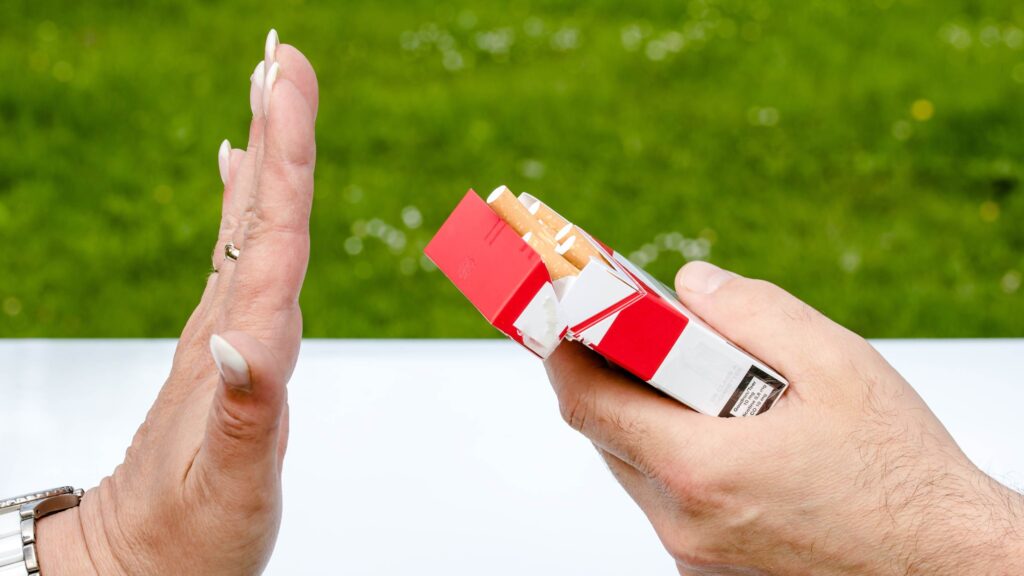
Smoking has been consistently linked to bone loss and reduced BMD. Research shows that smokers have lower bone density, steeper bone loss, and a higher risk of fractures compared to non-smokers. The duration of smoking appears more strongly related to BMD than the amount smoked. Quitting smoking at any age benefits bone health.
Smoking damages bones in two ways. It raises cortisol (a stress hormone) that reduces bone-building cells and increases bone breakdown. Smoking also directly harms bone cells with nicotine and other harmful chemicals, stopping new bone growth and killing bone-building cells. This combination weakens bones and adds to the damage caused by chronic stress.
10. Limit Alcohol Consumption

The relationship between alcohol and bone health is complex. Research suggests that small to moderate amounts of alcohol (approximately 0.5-1 drinks per day) may be positively associated with spine and total body BMD, while excessive consumption is detrimental. Heavy drinking, particularly beer, has been associated with particularly low bone density.
Long-term alcohol use lowers bone density by increasing bone breakdown and reducing bone formation. This effect is stronger in women due to hormone differences. Alcohol also disrupts gut bacteria, which harms bone metabolism and immune function.
11. Reduce Caffeine Intake

High caffeine consumption has been associated with increased bone loss, particularly at the spine. One study found that the negative effects of caffeine (approximately 2.5 cups of coffee daily or 200-300 mg) on skeletal sites were attenuated when calcium intake exceeded 750 mg/day. If you consume caffeine, ensure adequate calcium intake to counteract its effects.
Too much caffeine and salt causes calcium loss through urine. This forces the body to take calcium from bones to keep blood calcium normal, weakening bones. Limiting caffeine and salt helps protect bone strength.
12. Manage Sodium Intake
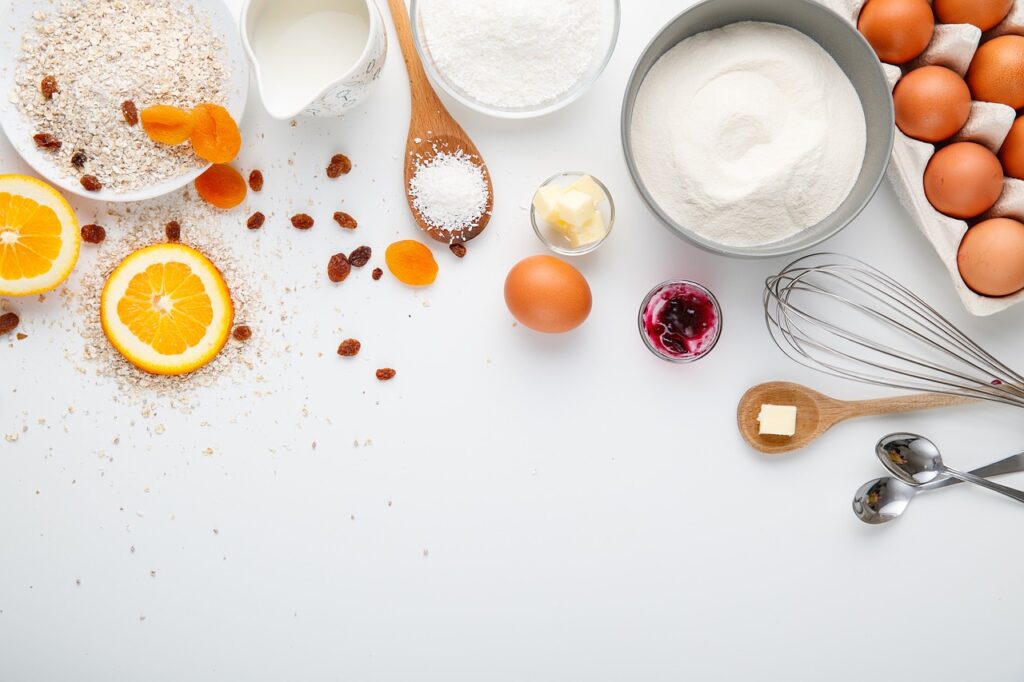
Excessive sodium intake increases urinary calcium excretion, potentially affecting bone health. Research demonstrates that moderately high salt intake (11.2 g/day) significantly increased urinary calcium excretion and negatively affected bone calcium balance. The study found that salt is responsible for a significant change in bone calcium balance from positive to negative when consumed as part of a high calcium diet.
Limit processed foods, which are typically high in sodium, and focus on fresh, whole foods.
13. Maintain Healthy Body Weight
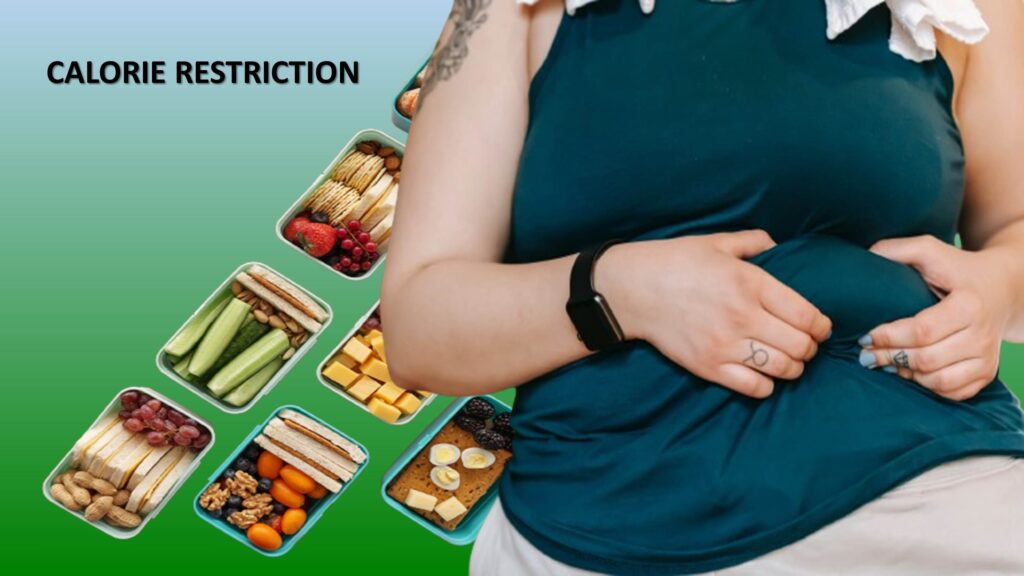
Body weight and BMI are strong predictors of bone health. Research consistently shows positive associations between elevated body weight and BMD, with mechanical loading on bones stimulating remodelling. However, being underweight significantly increases fracture risk. Both extremes of body weight, higher or lower, can negatively impact bone mineral density.
Underweight individuals, particularly men, are at risk of not reaching optimal peak bone mass and could benefit from healthy weight gain.
14. Manage Psychological Stress

Chronic psychological stress negatively affects bone health through multiple mechanisms. Research indicates that stress increases glucocorticoids, activates the sympathetic nervous system, and triggers low-grade inflammation—all detrimental to skeletal health. Studies show that chronic psychological stress is associated with increased bone loss and should be recognised as a risk factor for osteoporosis.
Effective stress management techniques include deep breathing exercises, progressive muscle relaxation, time management, and seeking social support.
15. Practice Regular Meditation and Mindfulness

Emerging research suggests that mindfulness meditation may benefit bone health by reducing stress-related hormones and inflammation. Studies show that mindfulness meditation reduces proinflammatory processes and appears to modulate immune parameters in ways that could benefit bone health. While more research is needed specifically on bone outcomes, stress reduction through meditation addresses a key risk factor for bone loss.
Even 12 minutes daily of meditation or yoga has shown benefits for bone health.
16. Prioritise Adequate Sleep

Sleep plays a crucial role in bone health. Research demonstrates a U-shaped relationship between sleep duration and BMD, with both short (≤5 hours) and long (≥9 hours) sleep durations associated with lower bone density. The lowest risk of osteoporosis was found with 8 hours of sleep per day.
Women aged over 50 years with sleep duration less than 5 hours daily had significantly higher odds of osteoporosis. Sleep quality also matters—poor sleep quality has been associated with bone loss.
The quality of sleep is one of the important strategies to improve and maintain BMD since bone remodelling follows a daily rhythm controlled by internal “clock genes.” Good quality sleep of seven to eight hours is essential as it allows this rhythm to function properly, ensuring timely bone building and repair, especially during night hours. Poor or disrupted sleep can disturb this rhythm, lowering bone mineral density and raising fracture risk, as seen in night shift workers.
Aim for 7-8 hours of quality sleep nightly to support optimal bone health.
17. Get Daily Sunlight Exposure
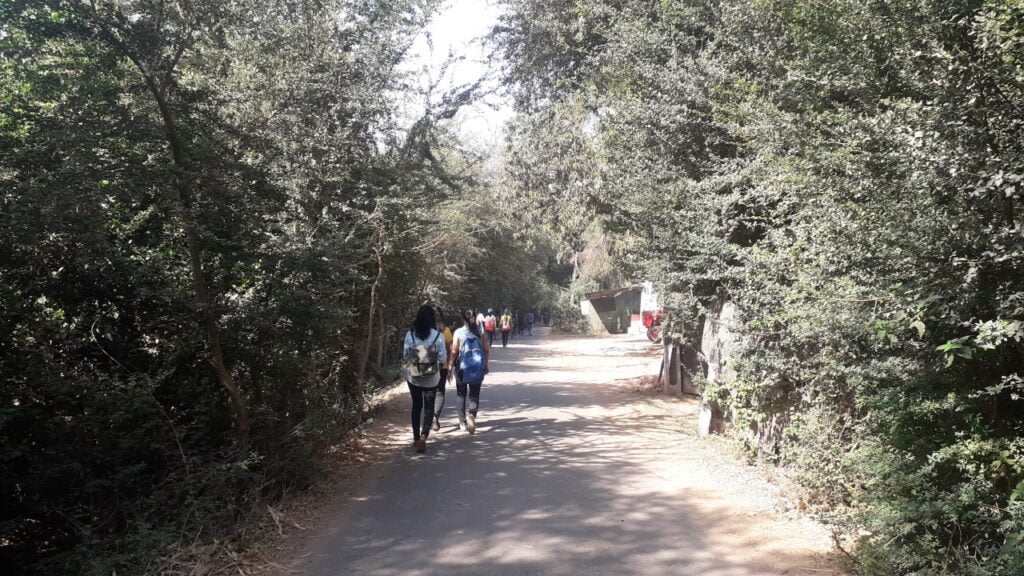
Sunlight exposure is the most effective natural way to obtain vitamin D. When UVB rays from sunlight hit the skin, they convert 7-dehydrocholesterol to previtamin D3, which rapidly isomerises into vitamin D3. Research shows that sensible sun exposure (5-10 minutes of exposure of the arms and legs or the hands, arms, and face, 2-3 times per week) can generate nearly all the vitamin D we need.
However, factors like season, latitude, time of day, skin pigmentation, ageing, sunscreen use, and glass all influence vitamin D production. Studies indicate that sunlight exposure may have more positive effects on bone structure and homeostasis than vitamin D supplementation alone.
18. Spend Time in Green Spaces

Emerging research reveals a fascinating connection between exposure to green spaces and bone health. Studies show that living near parks, gardens, and natural environments is associated with higher BMD and reduced osteoporosis risk. Research found that adults exposed to greener residential areas had higher bone density, with lower air pollution in green spaces being a significant contributory factor.
In addition, living near green spaces reduces exposure to air pollution like particulate matter and nitrogen dioxide, which can cause oxidative stress, inflammation, and hormone disruption, harmful to bones. Green environments thus protect bones by buffering against these damaging effects.
In children, living within walking distance of green spaces with tall trees or shrubs was associated with bone density gains equivalent to half a year’s natural growth. The mechanisms may include increased physical activity, reduced air pollution, lower stress levels, and enhanced vitamin D synthesis from outdoor exposure.
19. Consider Calcium and Vitamin D Supplements When Needed

While obtaining nutrients from food is ideal, supplements may be necessary when dietary intake is insufficient. Research shows that calcium supplements increase BMD by 0.6-1.8% at multiple skeletal sites. Therefore, calcium supplement strategies based on the body’s requirements can significantly improve and maintain BMD. However, calcium supplements should be taken under a healthcare professional’s guidance, as the optimal approach combines adequate dietary calcium with supplementation only when needed.
Vitamin D supplementation at doses of 800 IU or more daily, particularly in combination with calcium, has been shown to prevent bone loss and reduce fracture risk.
20. Stay Adequately Hydrated
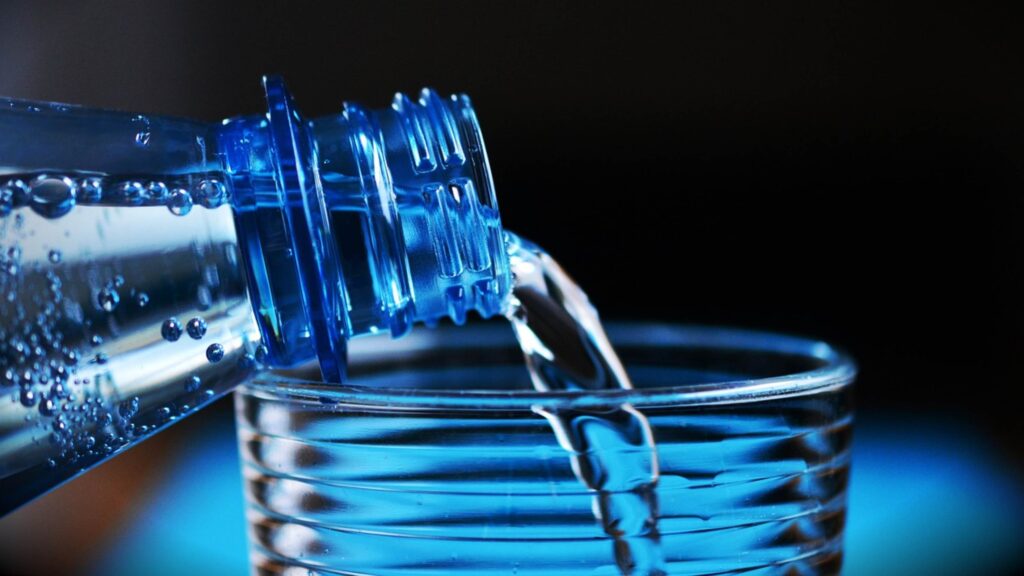
Water constitutes roughly a quarter of cortical bone by volume and greatly influences mechanical properties and tissue quality. Research shows that bone hydration can dynamically change due to age, disease, and treatment. Proper hydration is essential for overall health, including the maintenance of bone water compartments that contribute to bone strength and resilience.
While specific recommendations for bone health vary, general hydration guidelines suggest drinking adequate water throughout the day based on thirst, activity level, and climate.
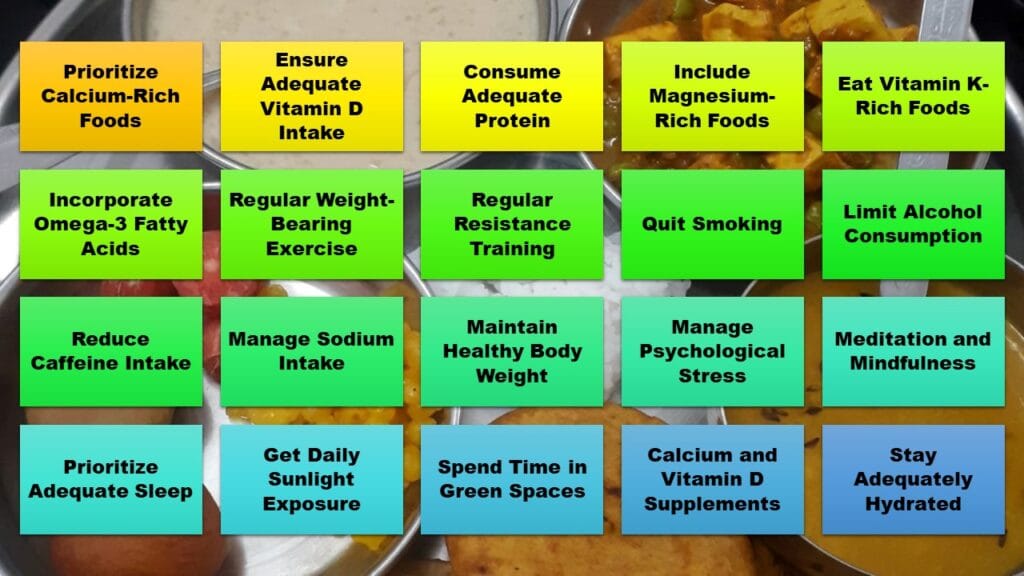
Special Considerations
For postmenopausal women, hormone therapy may be considered under medical guidance. Research demonstrates that menopausal hormone therapy (MHT) prevents bone loss and significantly reduces fracture risk at all bone sites by 20-40%. MHT is the only anti-osteoporotic therapy proven effective regardless of baseline risk level.
Recent evidence suggests that low-dose MHT may be as effective as higher doses, with combined estrogen and progesterone therapy being more effective than estrogen alone. However, MHT should be considered as part of a comprehensive long-term strategy and reassessed regularly with healthcare professionals.
Conclusion
Supporting bone health is a lifelong commitment—focus on a balanced diet rich in calcium, vitamin D, and protein, regular weight-bearing and resistance exercises, stress management, quality sleep, avoiding smoking, and limiting alcohol and caffeine, while maintaining a healthy body weight and getting sunlight and outdoor activity; these choices work together to build and preserve bone strength for years to come, so always consult a healthcare professional before making major lifestyle changes.

